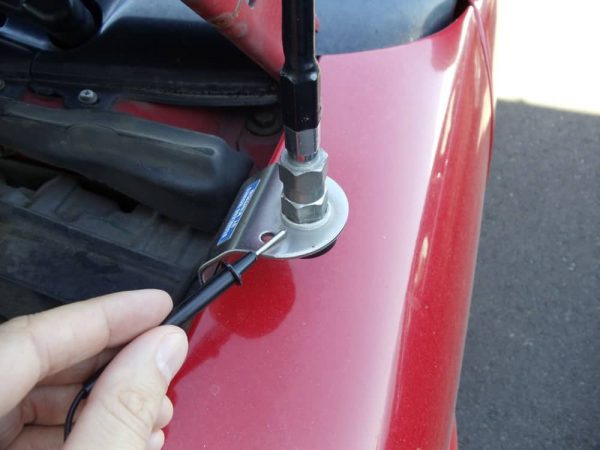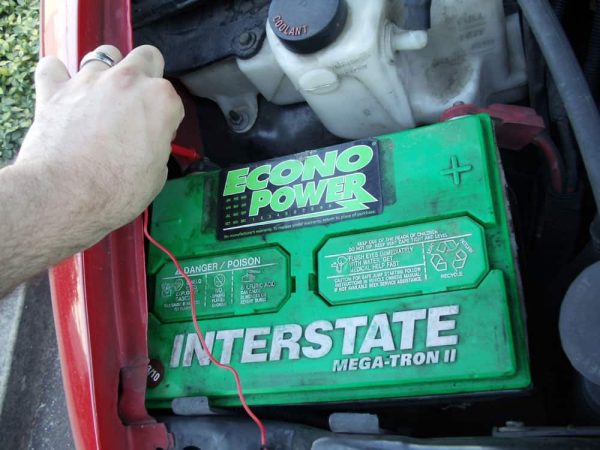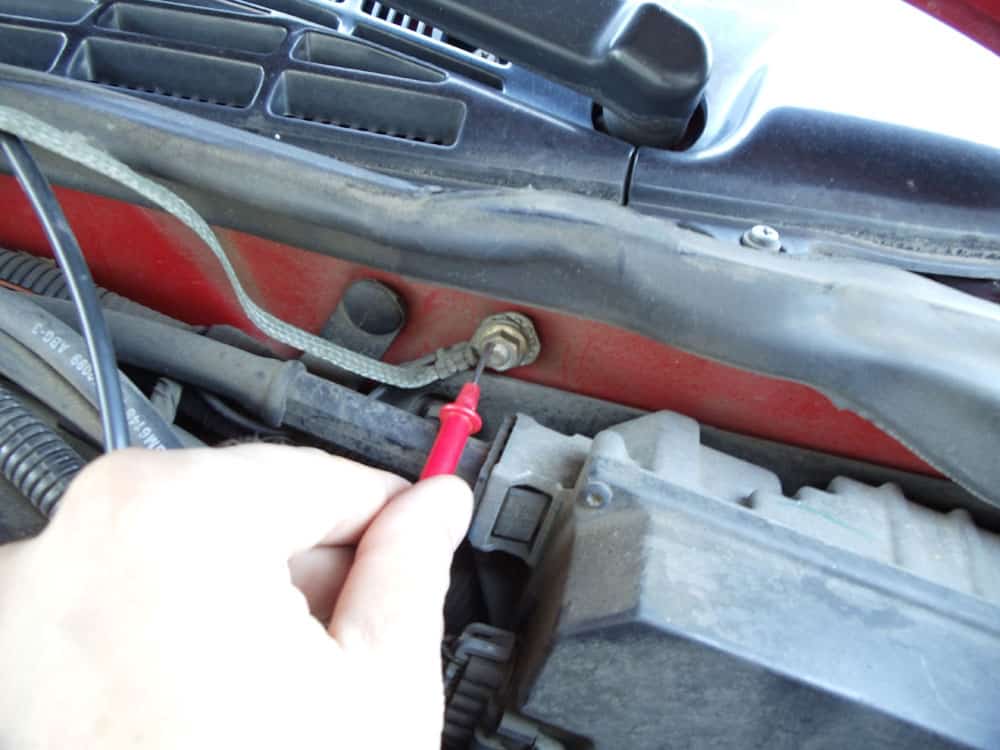Maybe you’re completing an original installation and need to realize how to ground a CB antenna. Perhaps you’ve already installed it, tried your Standing Wave Ratio (SWR), discovered it excessively high and need to improve your CB antenna. Or on the other hand, maybe you’ve seen that you’re not getting the CB radio performance that you ought to be. Regardless, the initial step is to test your CB antenna’s grounding.
Testing the CB Antenna Ground
You’ll need a multi-meter to check your CB antenna’s ground. If you need to know how to use one, read this article on Testing for Continuity. An easy way to test your antenna’s ground is check continuity between the CB antenna mount and your vehicle ground, because if the antenna mount is well grounded, so is your antenna.
To examine for continuity of electrical signal, you will need to touch the probes for your multi-meter in 2 locations. You can do by either the red or the black probe to touch either location. The following provides step-by-step guidance for testing the CB antenna ground.
Step-by-Step Instructions: Grounding a CB Antenna
We also break down the steps of the process below if you prefer to get straight to the point and not watch the video above. Notice where you will want to place the two probes, including alternative locations in order to properly test the ground of your CB antenna.

Where to Put the First Probe
Lay the first probe where it touches your CB antenna mount. Lay the probe flat across the

Where to Put the Second Probe
Be cautious working around your battery as you complete this step. The second probe should touch the negative terminal on your vehicle’s battery (marked with a minus sign). Take care not to touch the positive terminal (the one marked with a plus sign).

Alternative Location for the Second Probe
If it’s not possible to reach both the CB antenna mount and the negative terminal of the battery with the probes, find a good ground on the vehicle (such as the one pictured) and use that for the second probe’s contact point.
Interpreting the Results of the Continuity Test
How to check the test result:
If your CB antenna mount has a good ground, the multimeter needle should move all the way to the right when the probes contact these two locations. If you get very little or no needle movement on the multimeter, test that your meter is working properly by touching the two probes together. If the needle moves all the way to the right, the meter is working properly. So, if the multimeter is functioning and you’re getting little or no needle movement, you’ll need to try to improve your CB antenna grounding. Good grounding establishes a ground plane for the system.
What is a Ground Plane?
A ground plane, additionally called counterbalance, is the intelligent unit in the framework, while the antenna is the responsive unit. Most versatile receiving wire establishments utilize the metal piece of the vehicle, for example, the undercarriage and the body for the ground plane. There are frameworks that don’t require ground planes; that utilization the shield in the coaxial cable as a substitute. Know that the equipment for the ground plane and no ground plane frameworks are not interchangeable.
How to Ground a CB Antenna Mount
If your antenna mount is one that is designed to accept a coaxial plug (such as the 2 ended PL259) or a PL259 with a fire ring on the other end (such as the FireStik MU8R Single Antenna CB Coax) then your work is simple. Just make sure that the mount is attached to the frame of your car or truck securely, and you should be able to go. If for some purpose you need to correctly attach an end to the coax cable (perhaps you’re making your own), this quotation has pictures step by step for attaching both screw-on and crimp style connectors to a coax cable.
What kind of strapping hardware do I need?
If your antenna doesn’t accept a coaxial plug then you’ll need to provide a ground another way. Although some CB owners use 10-gauge wire for a ground, braided ground strapping is better. That’s because of reactance. Reactance can change the cable into an antenna rather than a radio frequency (RF) ground, which is the inverse of what you’re trying to achieve.
What is bonding and what needs to be bonded?
Bonding is a different term for strapping. The goal of bonding is to pull together as much of the metal in the vehicle as is practical to provide the best ground possible. If your vehicle has a unibody, you’ll experience fewer difficulties with incoming and outgoing RF interference because everything is welded unitedly. Even most of those vehicles, however, have sound barriers for the engine and exhaust systems, and those need to be bonded to provide maximum continuity for RF signals. Pickup trucks and other vehicles with a frame and body need to be bonded, no matter where you mount the antenna. On a truck, bond all four corners of the bed to the chassis and to the cab to bypass what could seem to be RFI (but actually is a ground loop).
Where to Ground a CB Antenna
When you’re deciding how to ground your CB antenna system, recall that the antenna will be more efficient when you use the most metal on your car. To pull the metal together, you may need to bond the metal parts by using more than one ground strap in different locations. That will also provide insurance against the accidental floating of the negative power lead. You don’t want to run a strap all the way from the mount to the battery for the same reason.
Great information but what about a magnetic mount